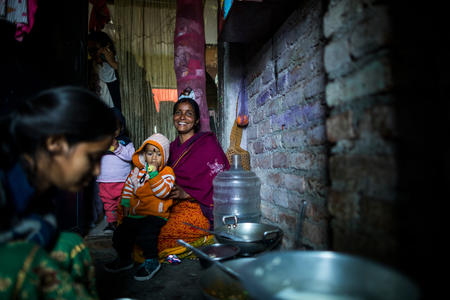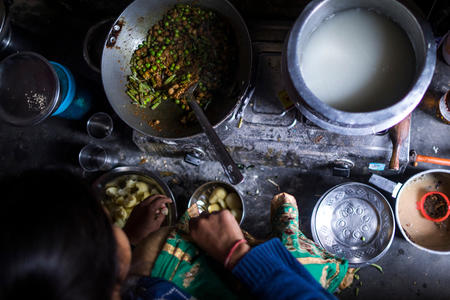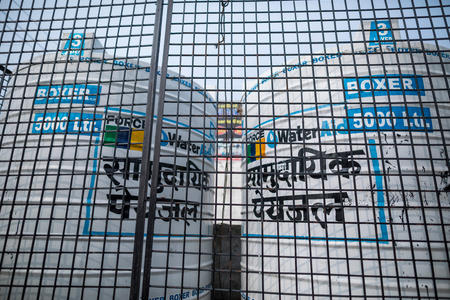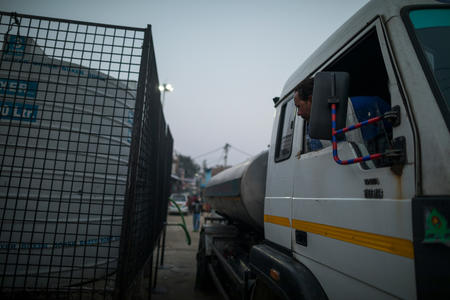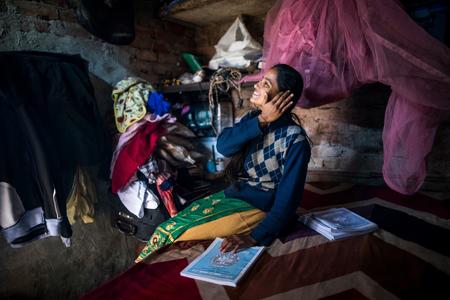Clean water for good health and education

“My daughter, Nisha, has always been a very good student. She did well in her studies and helped me with the household chores too… But her health has always been a major concern for us,” shared 38-year-old Madhu Pandey, a resident of Pankaj Garden slum community. Madhu is a mother of five children, including Nisha.
When Nisha [now 18-year-old] was studying in class tenth, she was diagnosed with dengue. The community was not very clean in those days and hence the incidence of diseases like dengue and malaria were high. Although Nisha eventually recovered from dengue, she frequently complained of stomach ache and indigestion. “I used to have constant pain in my stomach, and it resulted in affecting my concentration level at school. I had to spend extra hours studying as I used to often miss school and had to catch up with the other students,” explains Nisha.
Madhu took Nisha to a doctor at a government hospital nearby. The doctor suggested that Nisha needs to change the water that she has been drinking for all these years. Her immunity had decreased immensely, and there were chances of her developing a chronic illness if she kept on drinking the same water. Nisha and her family also accessed the dug well in times of need. However, they never imagined that simple intake of water would have such a drastic impact on her life.
When WaterAid’s implementing partner organisation FORCE along with support from Bank of America started work in Pankaj Garden nearly a year ago, they realised water was one of the primary concerns as the residents were dependent on water from two dug wells here. Through rigorous advocacy with DJB, drinking water tanker was regularised at Pankaj Garden.
Along with the chaos the water tankers created, often there were fights and people would not be able to collect the required amount of water. In order to address this problem, six collection points were suggested in the design of the tanker so that more people could fill in water from the tankers. Looking at the community acceptance and popularity of this innovation, Delhi Jal Board adopted this design in all the tankers that supplied water in the entire Najafgarh zone.
Besides this, two huge water storage tanks of 5000 litres capacity have been placed within the slum complex, which would be filled with water from the DJB tankers. These tankers have further been connected through pipelines to 14 stand posts situated in different lanes at Pankaj Garden so that people could avail the drinking water very close to their doorstep, without having to stand in long queues.
After many meetings at the community level, a complete drainage system has been laid at Pankaj Garden. This required people to reduce some space from their individual dwellings in order to accommodate the drains. After a lot of discussion and deliberations, people agreed to give up some of their own space to have a proper drainage system here.
“My stomach doesn’t ache anymore, as compared to the way it used to. We have water supply at home and the lanes are also clean. I am in the final year of my graduation, and I do not have to compromise on my studies in any way,” claims Nisha with a gentle smile.
With support from the AAP Vidhayak, drinking water pipeline from DJB has also been laid here. Water has not yet started here; however, it is a big achievement. Efforts to get water in the pipeline will continue.
